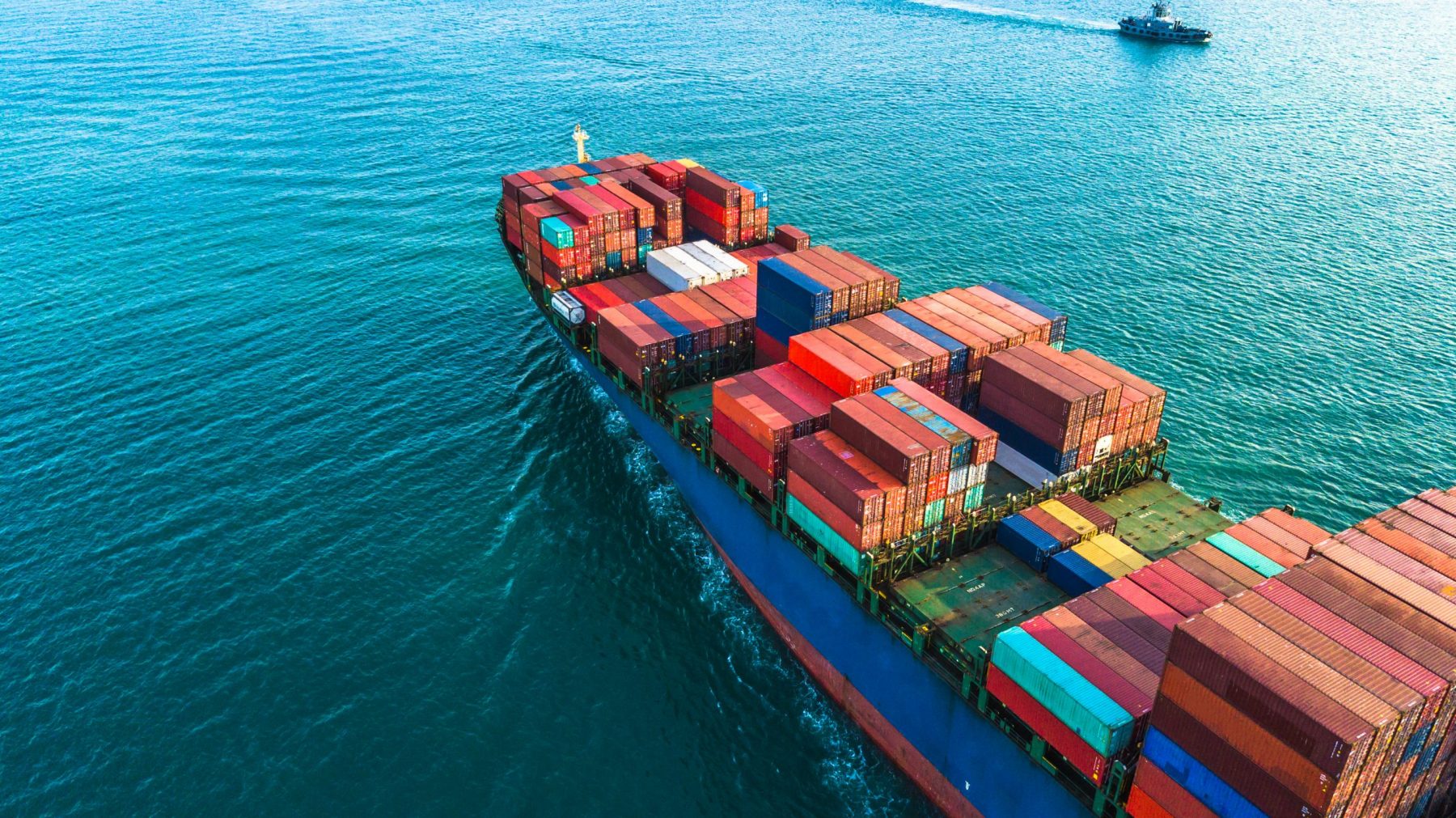For hundreds of years, maritime authorities have marked safe water with aids to navigation (AtoN) like physical buoys, beacons and lighthouses. However, the introduction of virtual aids to navigation is rapidly advancing the seascape…
Intended to supplement — not replace — physical AtoN, these tools comprise a signal broadcast from an onshore automatic identification system (AIS) to display at a particular location on AIS-enabled radar, electronic chart display and information system (ECDIS) or electronic charting system (ECS) displays.
From highlighting individual dangers such as wrecks, rocks, and shoals to indicating current flow and providing situational awareness, virtual AtoN has been developed to mark hazards where costly physical infrastructure is inappropriate or impossible to deploy.
Let us dive into the three core benefits of implementing virtual aids to navigation tools in your next maritime project…
1. Suitable for harsh environments
Aids to navigation tools must be robust enough to withstand extreme weather exposure and rough sea conditions — and virtual AtoN is no exception.
In fact, this equipment can be extremely useful in remote areas where physical buoys are seasonally lifted or misplaced due to swell, ice or natural disasters. For example, virtual AtoN can be installed on coral reefs where sinkers cannot be placed due to their harmful environmental impact, in the Arctic where ice movement may carry physical AtoN off course and along rivers where water levels and channel locations frequently change.
Since installing and maintaining physical buoys in hazardous locations poses many risks for maritime engineers, virtual AtoN is an effective solution to overcome these difficulties.
2. Low maintenance and cost-effective
Maintaining physical AtoN is a challenging feat.
Without regular planned maintenance, AtoN is likely to encounter severe problems down the line. Therefore, routine maintenance service must be carried out, ensuring equipment is cleaned with high-pressure water jetting to prevent a build-up of dirt and rust.
Virtual aids to navigation, on the other hand, require no physical maintenance and can provide accurate information about the equipment’s system health from afar, removing the need for an unnecessary and potentially dangerous physical inspection.
For maritime professionals who want a best-of-both-worlds solution for low-maintenance AtoN, additional digital technology such as SRT’s Carbon AIS AtoN can also be installed to buoys and markers, supplying enhanced sensor modules for environmental data monitoring with minimal maintenance.
By minimising AtoN maintenance, maritime professionals can also benefit from reduced costs.
3. Real-time data for potential hazards
In the event of a vessel collision or abrupt hazard, virtual aids to navigation can detect incidents in real time and report proactive alerts to mariners. This technology also benefits from a greater range on radar overlay than physical aid to navigation targets, giving an earlier warning of danger.
For example, HydroWatch, a cutting-edge monitoring unit that provides real-time data from instrumentation and AtoN assets, enables users to analyse trends, identify any anomalies and make informed decisions.
Whether fitted within existing equipment enclosures or boxed as a standalone unit, the HydroWatch transmits data concerning potential hazards or weather conditions via 2G or 4G networks, which is collected by a cloud server and displayed on a web portal via HydroData for maritime teams to observe.
With information like this from virtual AtoN, users can benefit from improved operational efficiency, reduced downtime and cost savings.
Moving forward with virtual aids to navigation
Clearly, using virtual aids to navigation can play a significant role in enhancing navigational safety and bring mariners many benefits. However, like any emerging technology, we must also consider its limitations — including cyber security and practical training.
Although implementing virtual AtoN allows mariners to transmit and receive real-time data, there is a risk that this data could be inaccurate. This data is also open to spoofing or jamming — a lack of security controls could prevent a ship from being diverted off course by inadvertently placing virtual AtoN in undesirable or even dangerous locations for hijacking or other nefarious purposes.
Introducing this advanced technology also requires adequate training to ensure users have the knowledge and skills to work effectively with virtual AtoN tools and understand governance and security risks.
Despite these considerations, virtual aids to navigation are ideal for remotely operating and maintaining assets for maritime operations — and leveraging their data to drive innovation, enhance efficiency and improve safety.
Want to ensure your maritime project maximises the benefits of virtual aids to navigation? Get in touch with our team at 01420 520374 or email sales@hydrosphere.co.uk to discuss your requirements and receive our expert advice today.








